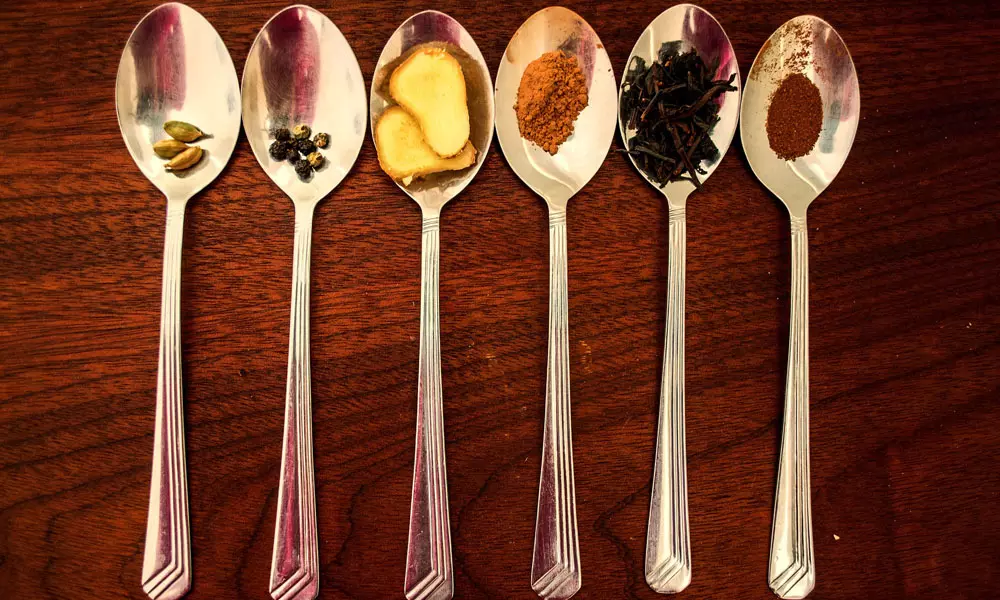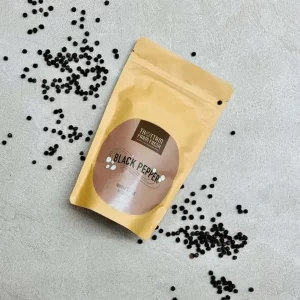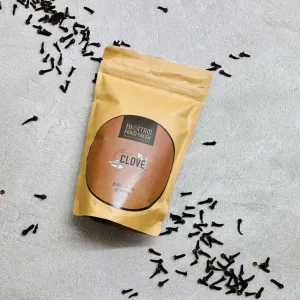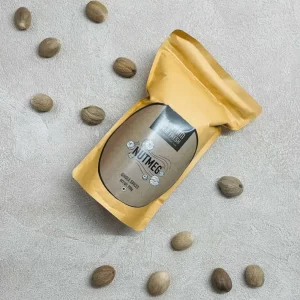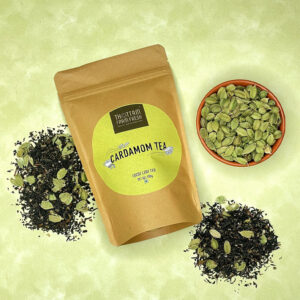“Adding spice to your life” comes inevitably true with the aromatic box of Indian spices. Diets with lower risks to cardiovascular diseases always include Indian spices and herbs that act as functional food to improve physical and mental health. Indian spices are used universally as flavoring agents and moreover as ingredients of traditional medicine. For instance, garlic claims to be a heart tonic that can maintain the fluidity of blood and strengthen heart health. Over the last 2 decades, garlic has been used as a prophylactic and therapeutic medicinal agent that helps in keeping cardiovascular diseases at bay!
Key Indian Spices To Add To Your Diet To Keep Your Heart Functional
Star anise
Star anise is a beautiful, star-shaped spice. It offers a pungent, warm flavour. Now, let me tell you how it can guard your heart even better than the security guard of any prime minister ( no pun intended)
How is star anise beneficial for the heart?
It contains powerful antibacterial and antifungal compounds and further studies are being conducted for its antioxidant properties. Star anise is a rich source of shikimic acid, an important chemical used in the anti-flu medication Tamiflu. The spice is also believed to relieve respiratory conditions like cough, bronchitis, and congestion.
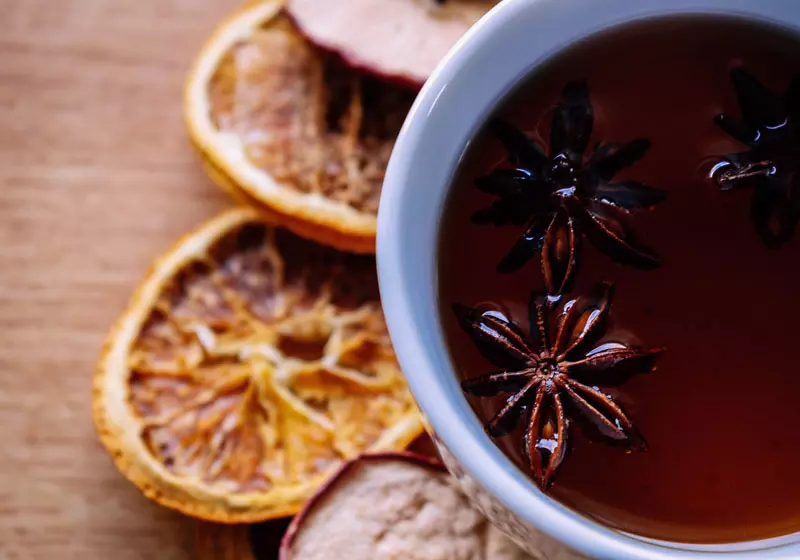
How to consume star anise by satisfying your taste buds?
You can add them to soups, stocks, stir-fries, marinades, braises, rice, curries, liqueurs, syrups, and fruit compotes.
Moving on to the next distinguished member of Indian spices, its tamarind.
Tamarind
Tamarind, a common ingredient in Indian and Southeast Asian cuisines, is also known as the “date of India”. It grows wildly in India and has the following health benefits
How tamarind protects the heart?
Tamarind may help boost the digestive system and offer mild laxative effects, thanks to its dietary fibre content. This fibre is also known to help lower blood sugar and regulate appetite, making tamarind a healthy substitute for refined sugar.
Believed to lower cholesterol levels and improve liver function, tamarind also contains vitamin C and beta carotene, two powerful antioxidants that can help stave off signs of aging and boost immunity.
How to consume tamarind with a happy face?
You can add them to curries, stews, marinades, sauces, dressings, preserves, and chutneys. It will be amazing to have delicious and healthy food in a single serving, right?
Fenugreek
The fancy named Indian spice doesn’t see your heart as a passing fancy. Fenugreek protects the heart in the following ways.
It contains a significant amount of soluble fibre, which has been shown to slow digestion and possibly lower blood sugar, a sign that it may be helpful in treating diabetes. You don’t need me to tell you that high blood glucose from diabetes can damage your blood vessels and the nerves that control your heart and blood vessels. The longer you have diabetes, the higher the chances that you will develop heart disease. So, accompany fenugreek to your kitchen soon.
Studies have suggested that it may also help regulate cholesterol levels, reducing the bad (LDL) cholesterol, while increasing the healthy (HDL) cholesterol.
Now,
How do you consume it by indulging your taste?
Add Fenugreek in curries, bread, sauces, chutneys, pickles, and pastes, and give it in for your heart to cry with joy.
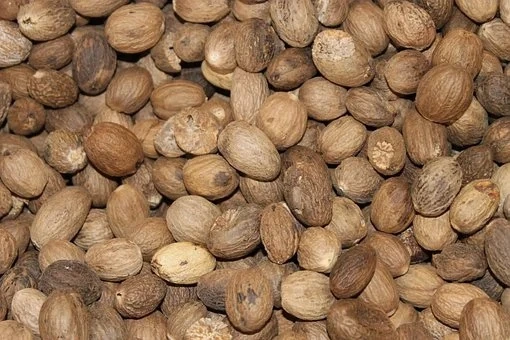
Nutmeg
Nutmeg is the fruit of a tropical tree that is another guard who can protect you. How is it unique in serving your heart? We will see it now.
How does nutmeg help for a healthy heart?
Its mild calming effect can be helpful for anxiety and insomnia, while its essential oil contains compounds believed to wield antioxidant and anti-inflammatory powers.
Nice. Isn’t the information an eye-opener for you? Let’s continue then.
How do you consume Nutmeg without frowning your eyebrows?
Add them to your baked desserts, cakes, cookies, pies, puddings, stews, and sauces. That’s all. Done.
Ginger
Ginger is a common guest in all of the Indian kitchens without special invitation, agree? In a variety of forms such as pickled, preserved in syrup, crystallized or candied, dried, and juiced. So, how can ginger help you to install a fence for your heart to save it from diseases?
How ginger protects your heart?
Ginger is a traditional go-to remedy, particularly when caused by motion sickness, morning sickness, surgical procedures, and medications about the heart. It’s anti-inflammatory and analgesic properties help relieve symptoms of arthritis, muscle pain, and cramps.
Consumed as a tea, ginger warms the body from the inside and can help reduce fevers. In some cases, fever causes long-term damage to the heart and its valves.
How do you consume it without disturbing your emotions?
Add them in fresh stir-fries, curries, soups, salads, sauces, marinades, relishes, chutneys, cakes, pies, cookies, fruit desserts. And yes, in beverages too.
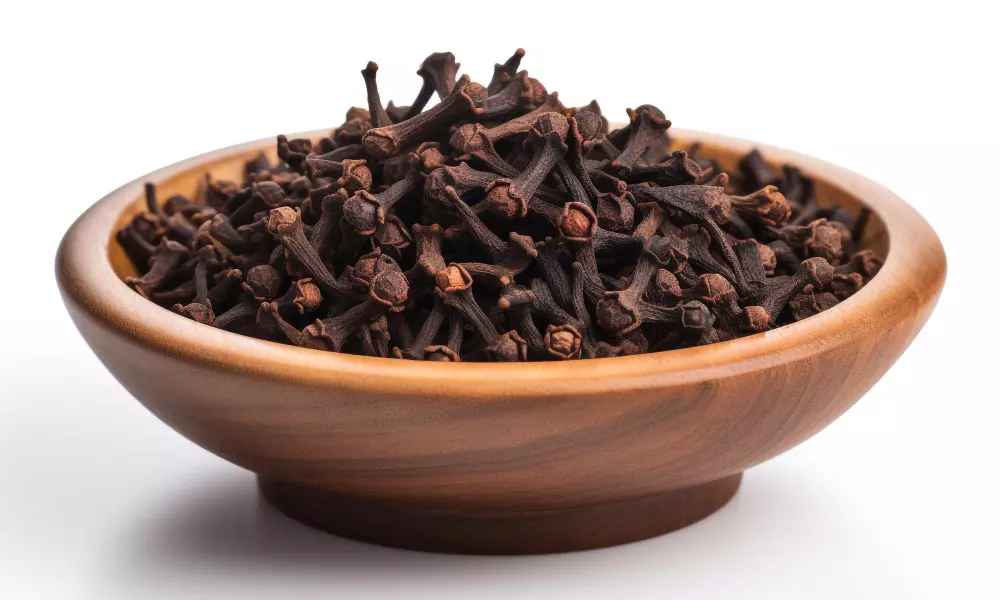
Cloves
Clove is a cute spice that resembles a tiny torch. Clove is integral to cuisines from around the world. The perk of using clove in cooking is that you’ll get lots of flavour from just a few buds.
How do cloves help for a healthy heart?
Clove is an antiseptic as well as an anti-inflammatory spice. Cloves also offer bacteria-, fungus-, and yeast-fighting properties, and can help treat nausea, diarrhea, bloating, and gas. The gas that gathers in the stomach or left part of the colon can feel like heart-related pain
How can you consume it deliciously?
You can add cloves in curries, sauces, marinades, relishes, bread, baked sweets, fruit pies, dried fruit dishes, and mulled wine.

